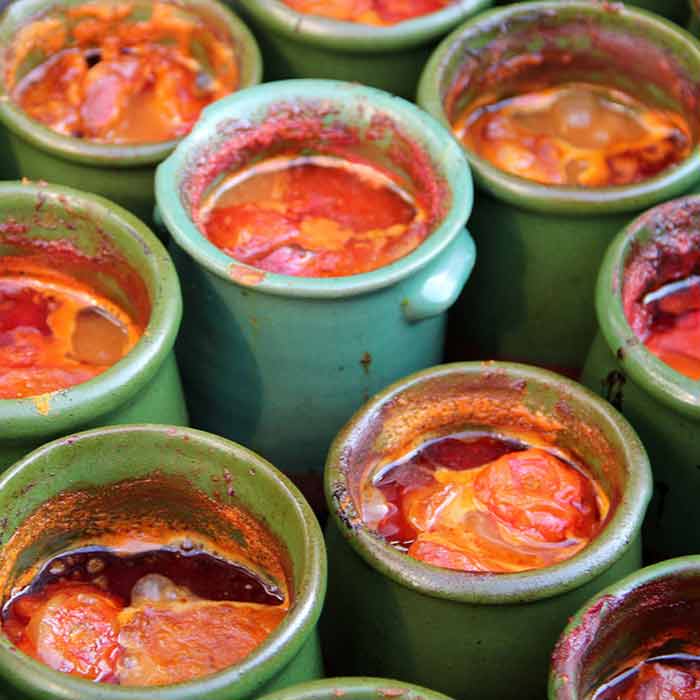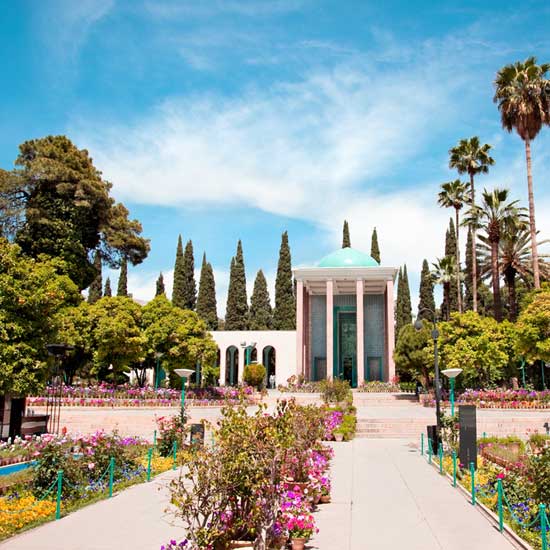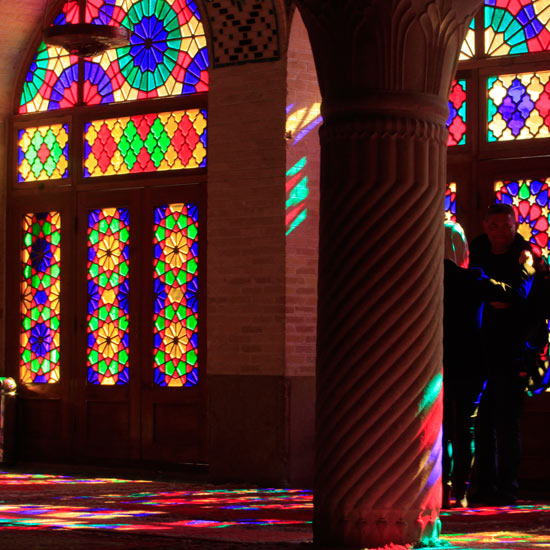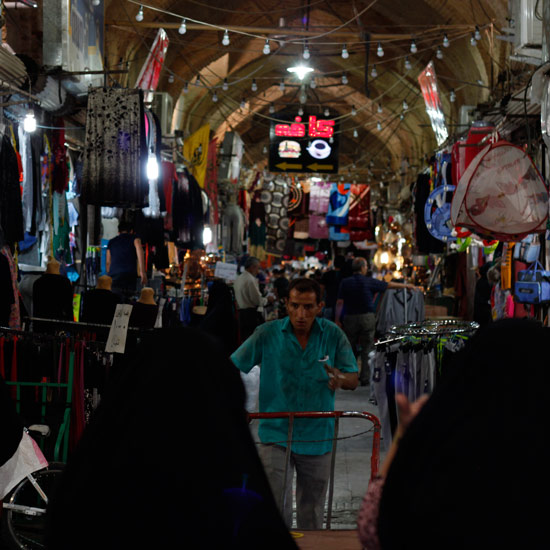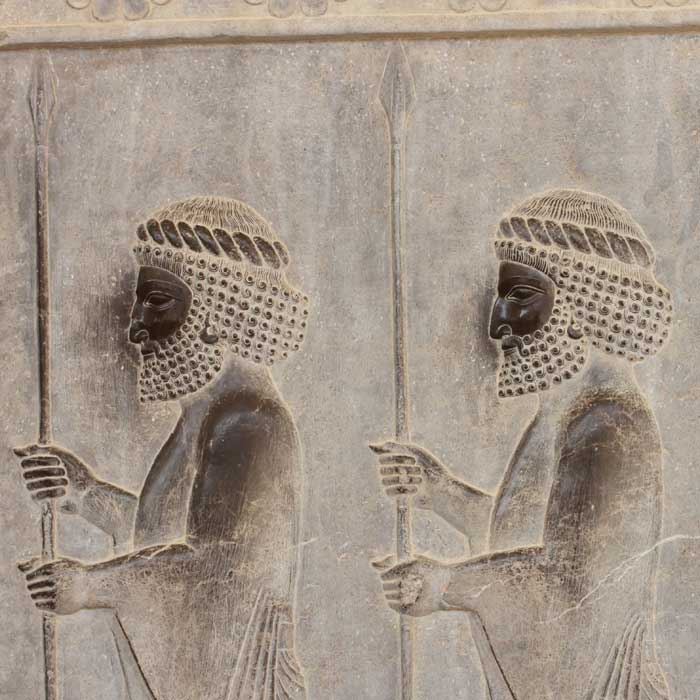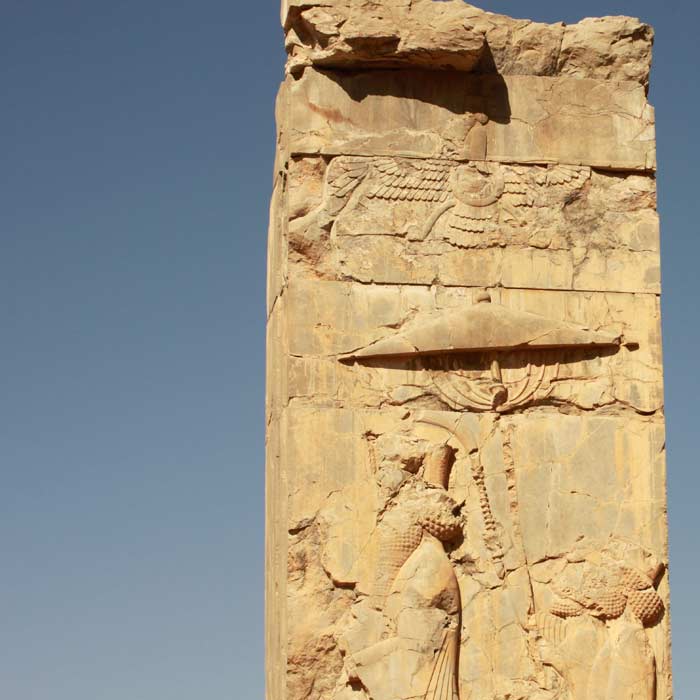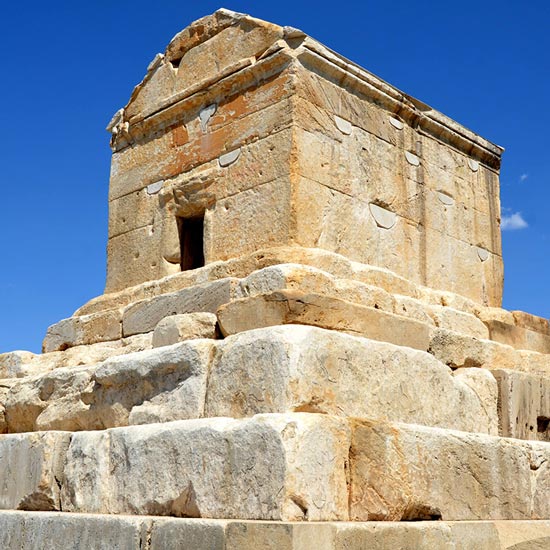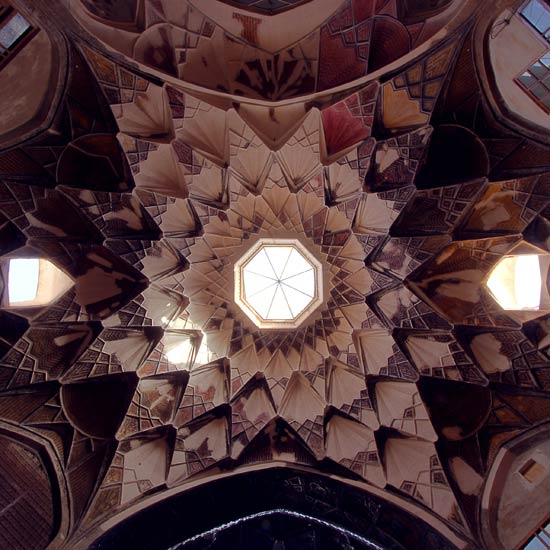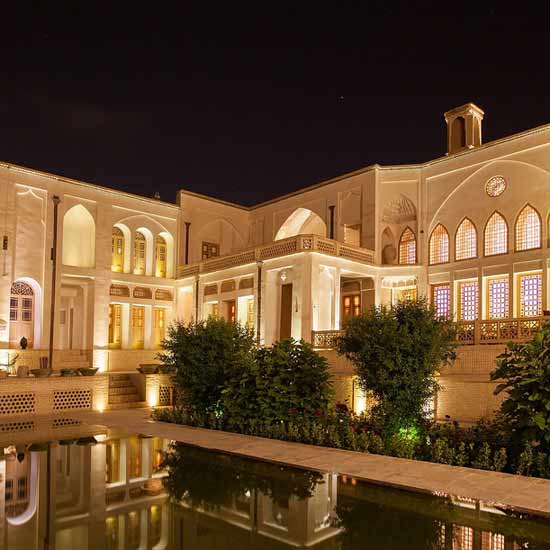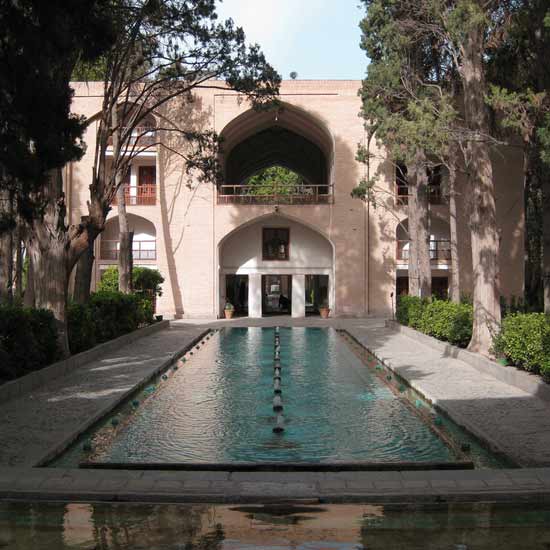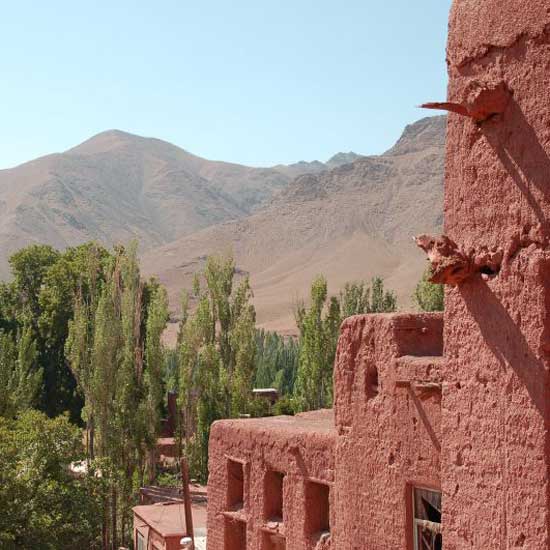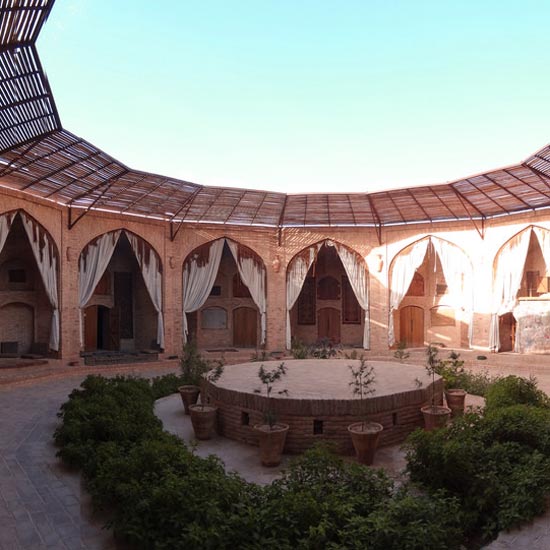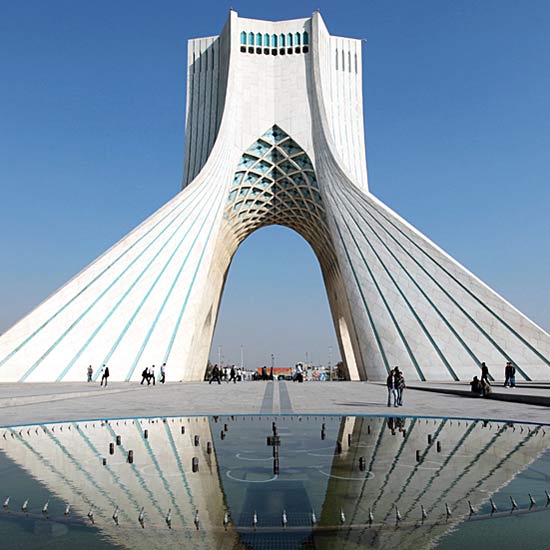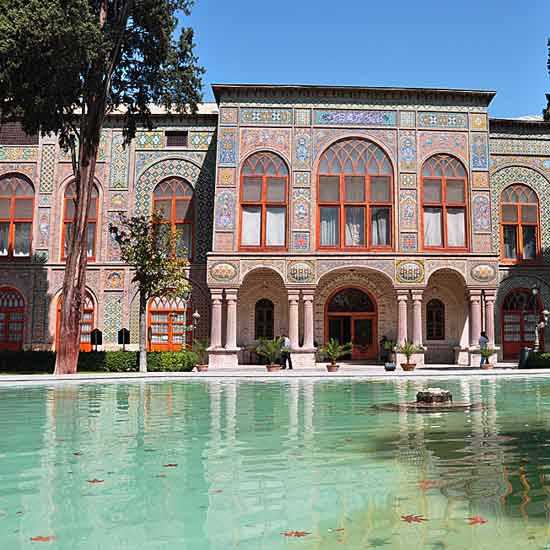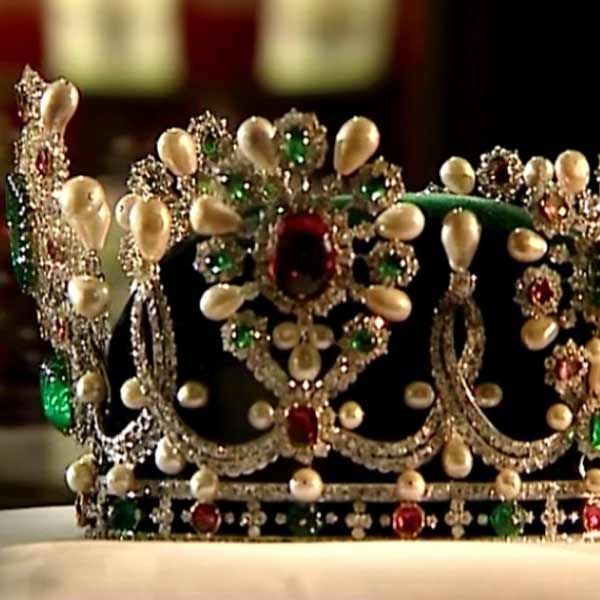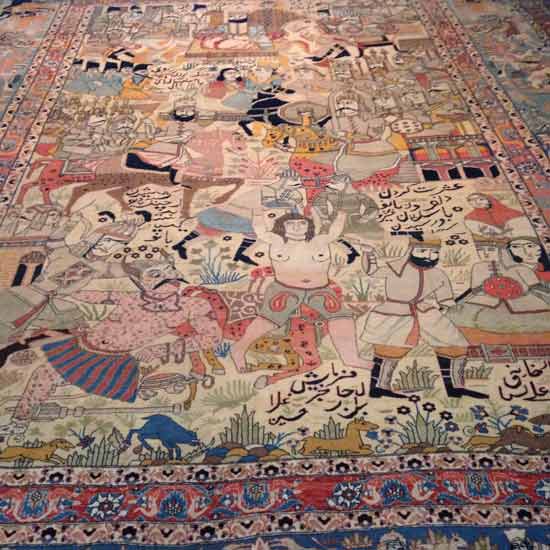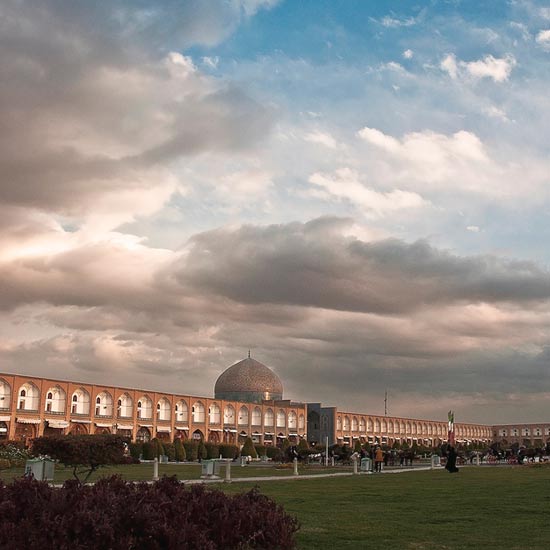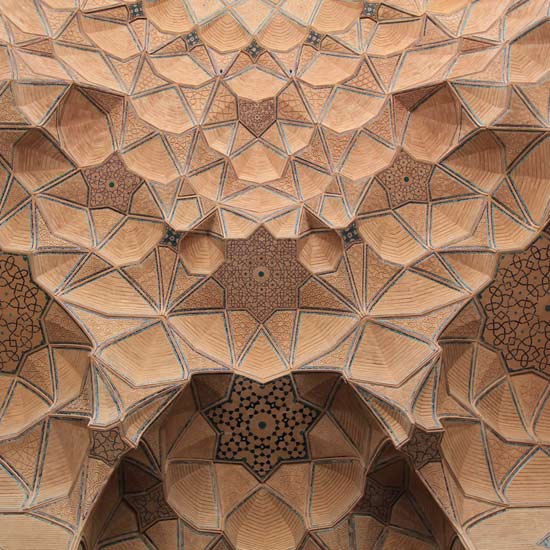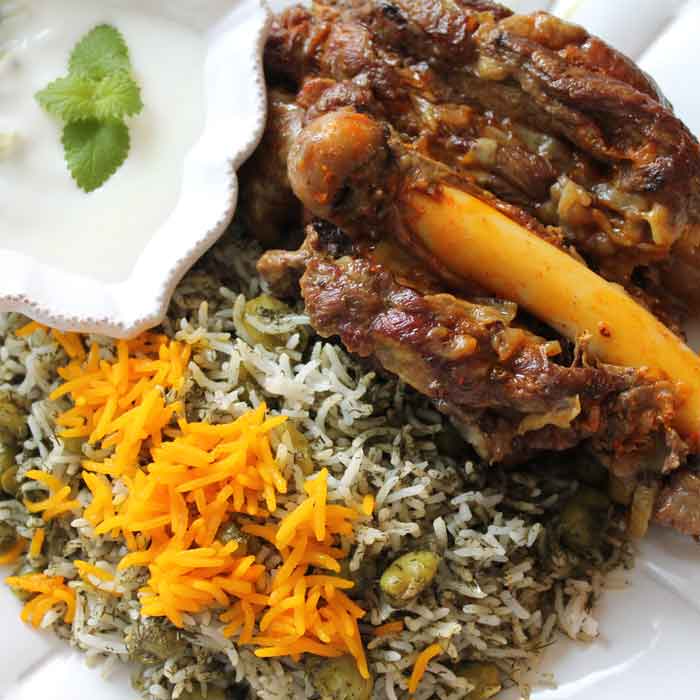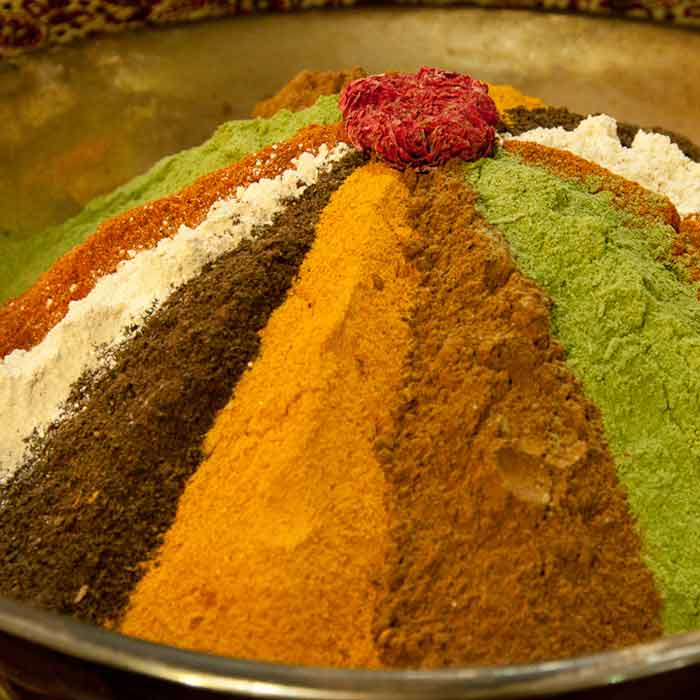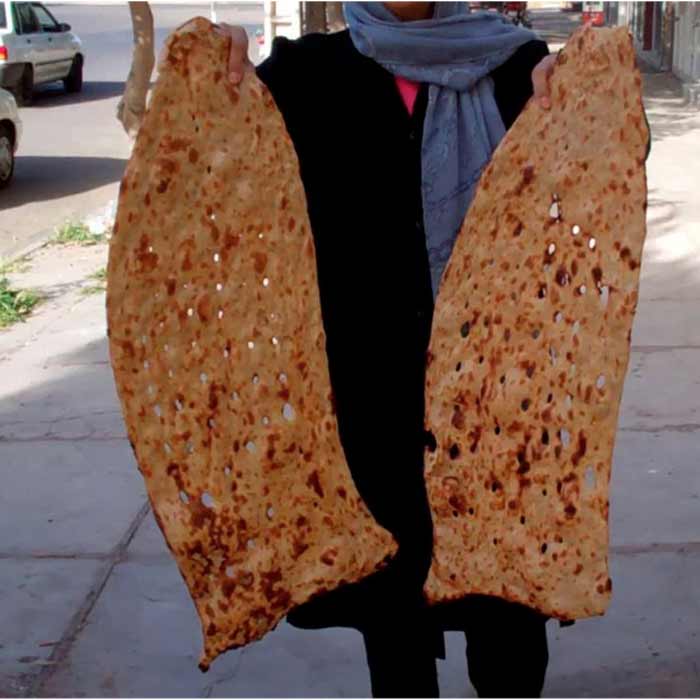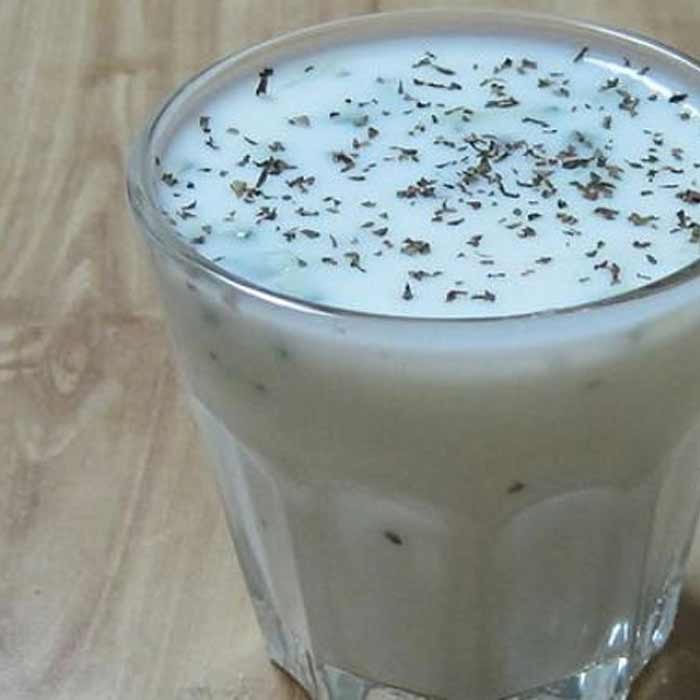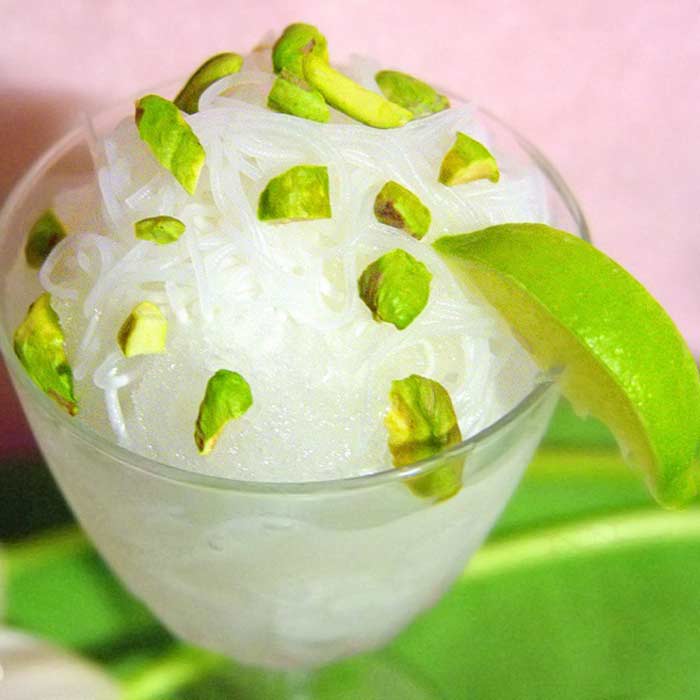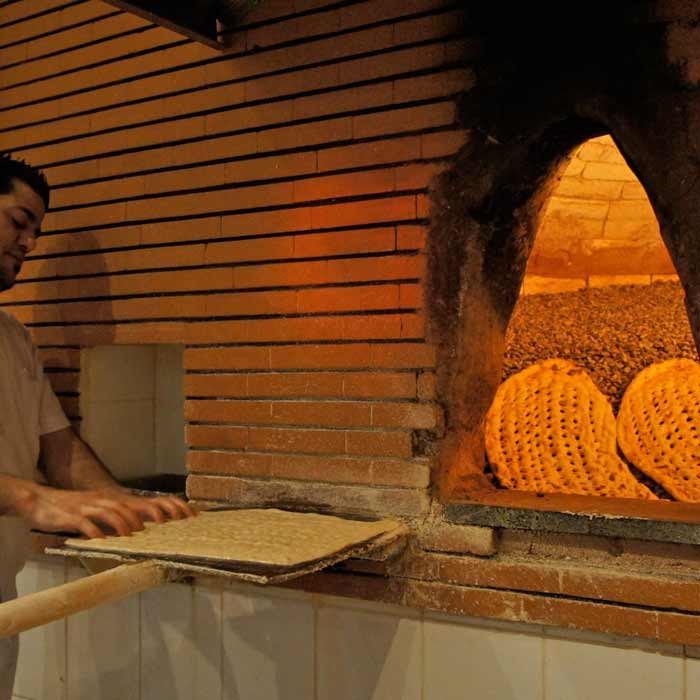- Iran Visa
- Iran Tours
- Iran Day Tours
- Iran Cultural Tours/Iran Historical Tours
- Iran Natural Treasure Tour
- Iran Masterpiece Tour 3 Days
- Iran Golden Triangle Tour 7 Days
- Persian Classic Iran Tour 9 Days
- The Last Supper Iran Tour 9 Days
- Iran 13-Day Tour
- Iran Discovery Tour In 13 days
- Three Week Tour Of Iran
- Iran UNESCO World Heritage Sites Tour
- Iran Budget Tour in 13 Days
- Wonders Of Persia Tour
- Short Trip To Iran
- Iran Civilization Tour
- 3 Day Shiraz Highlights Tour
- 2 Day Shiraz Highlights Tour
- 18 day Iran Tour Package
- Iran Adventure Tours
- Iran Nomad Tours
- Iran Food Tours
- Iran Group Tours
- Iran Tailor-Made Tours
- Meet A Doctor
- Iran City Guide
- Iran Blog
- Gallery
- Who We Are


